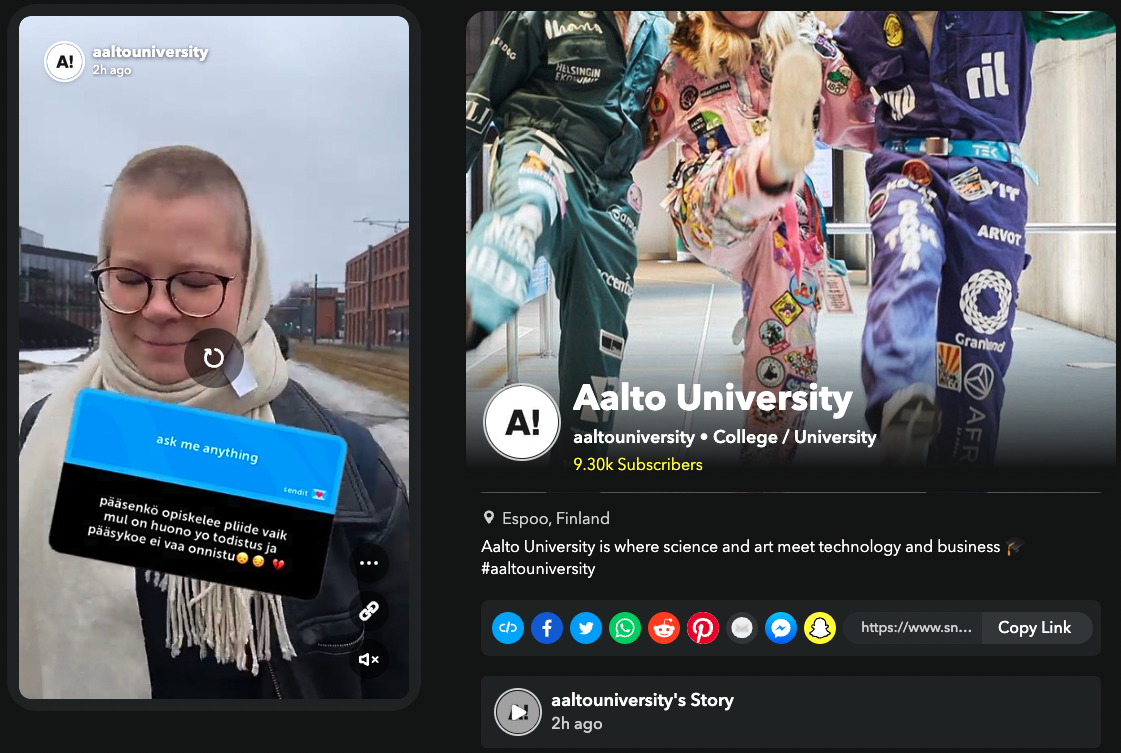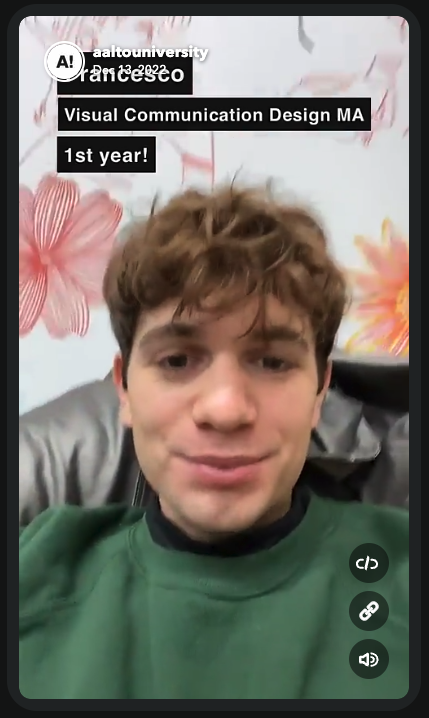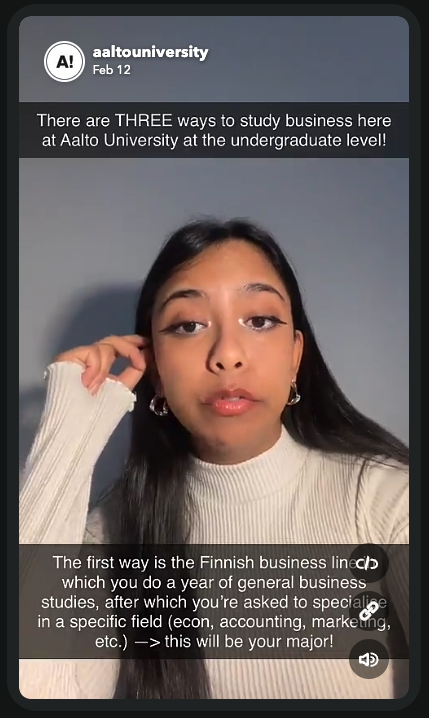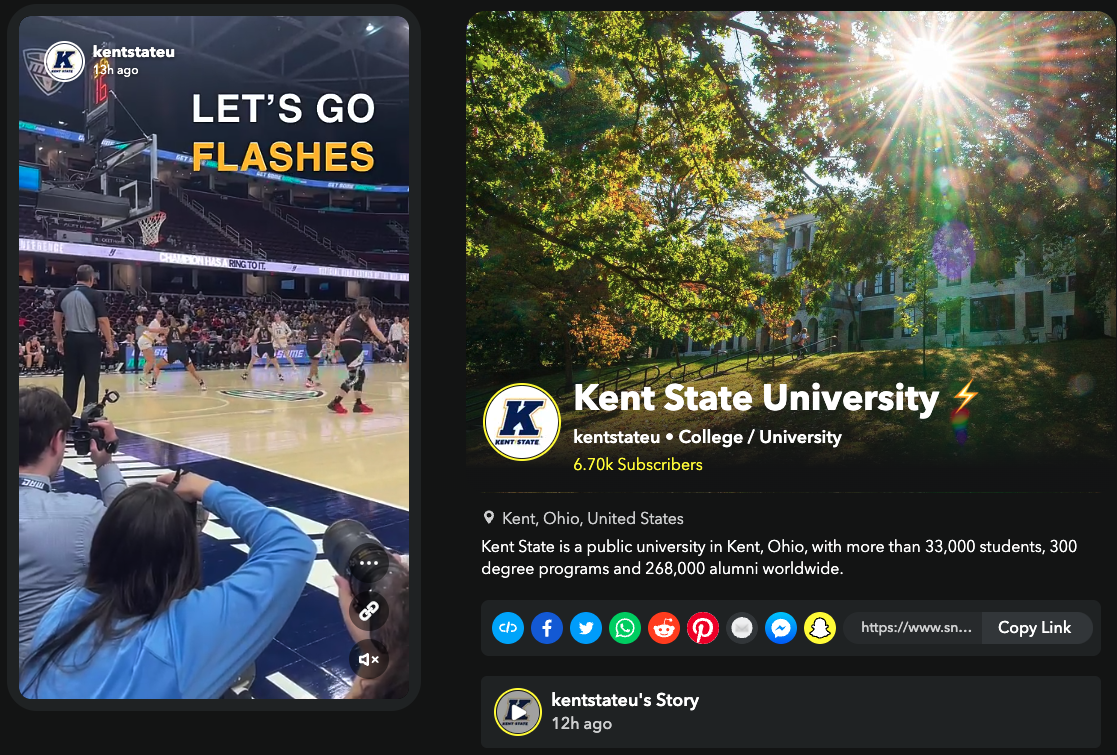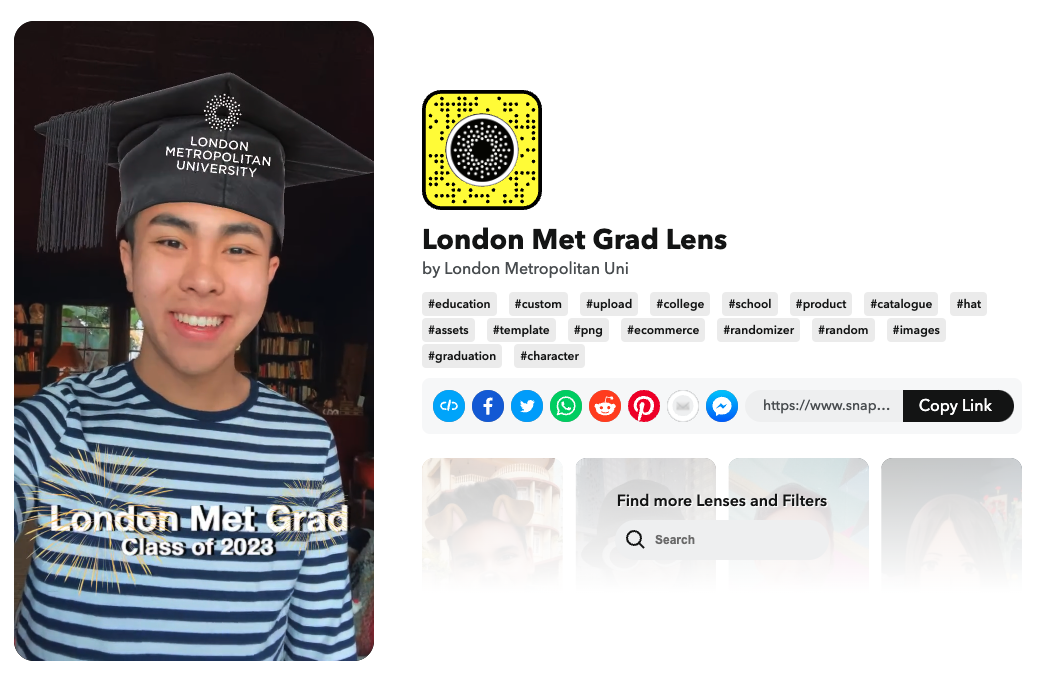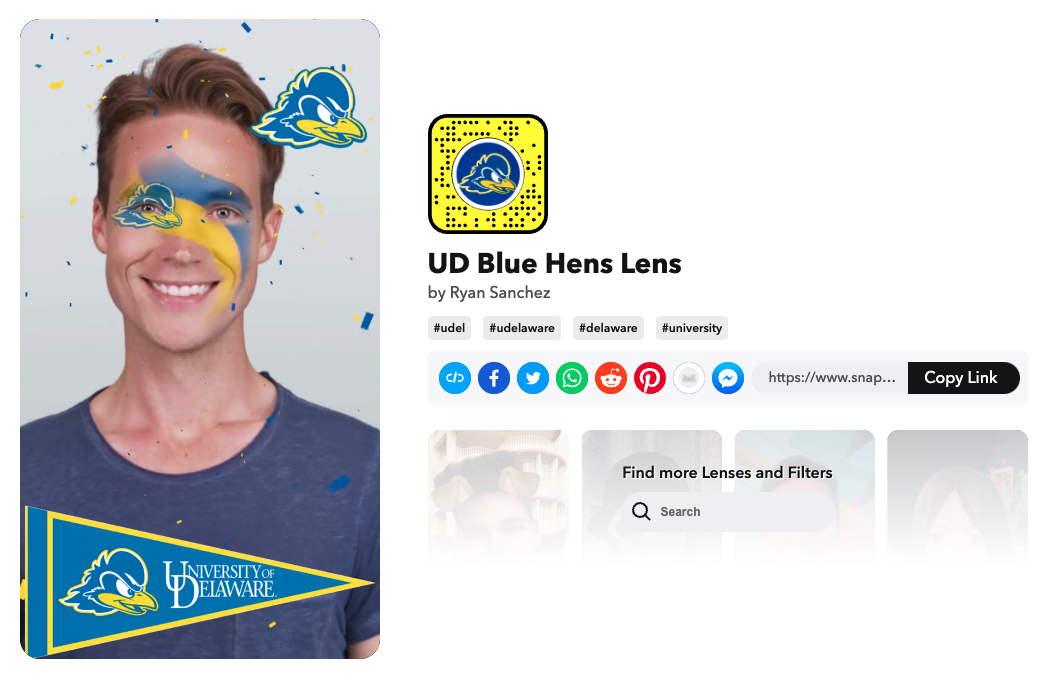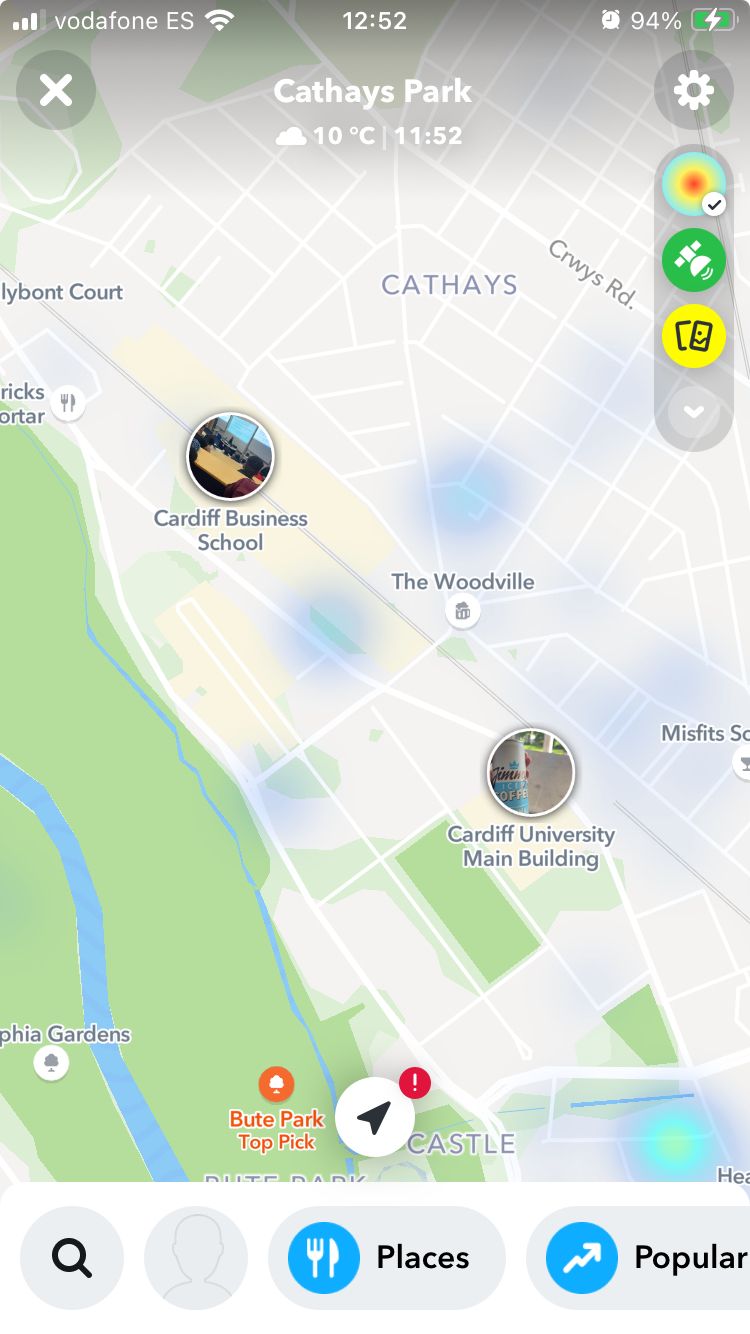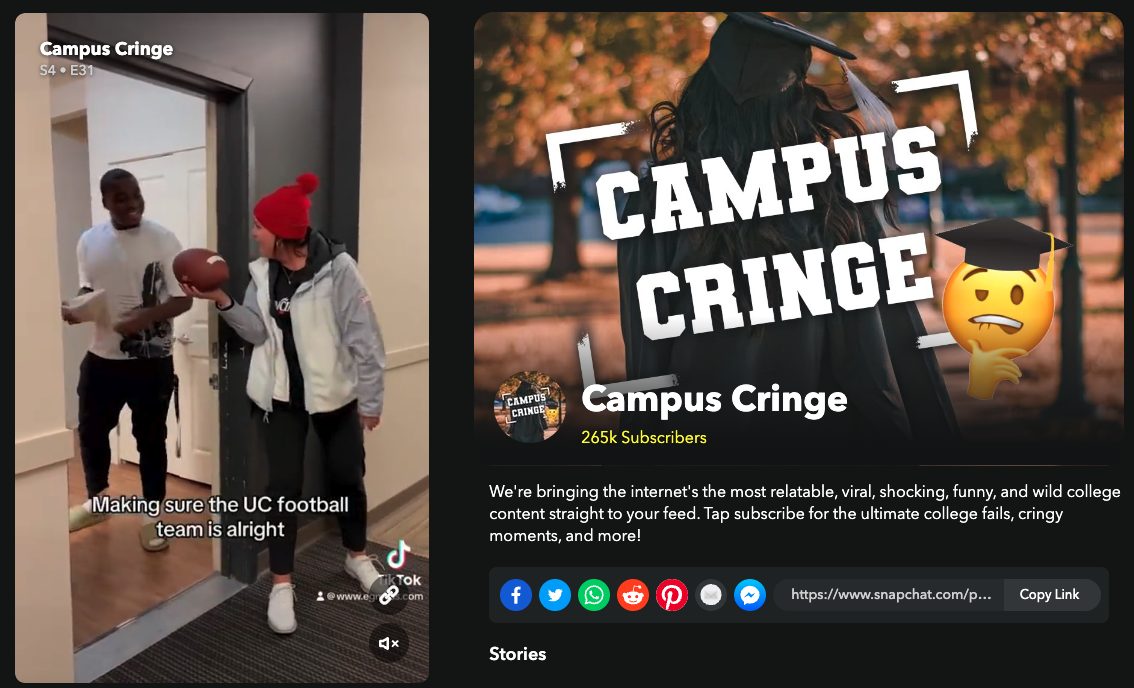What's new in Snapchat?
Snapchat launched in 2011 as a short-format social media platform of quick, temporary content, and easy community-building.
The Stories format we all know from Instagram originated on Snapchat.
And the app continued to grow, becoming a powerhouse with Gen Z audiences.
Snapchat has over 750 million active monthly users and reaches 90% of the 13 to 24-year-old population (Gen Z), as stated in their annual report.
It’s also the fastest-growing app amongst teens since 2015, outpacing even Instagram, according to Pew Research Centre.
It’s still a relatively untapped marketing tool in the higher education industry—not many universities actively use the platform.
So it’s a great opportunity for your university or college to build community with your target audience, prospective students, and current students.
Snapchat’s functions and features
Snapchat’s original and differentiating feature was the temporary, self-destructing content which allowed us to send private snaps to friends that disappear after a limited time.
This temporary nature of the app was originally designed to encourage a more natural flow of interaction focused on private, person-to-person contact.
Now Snapchat has a range of functions and uses like:
- Filters to add to your snaps
- AR-based Lenses, which are special effects and sounds you can create and use
- The Snap Map to show your live location and be discoverable on a world map
- Private Chat screen for one on one and group or community chats
- Memories, where you can save snaps long term
- Stories, showing content from users around the world and branded content on the Discovery screen
- The Spotlight feed—which is similar to TikTok’s For You page—for trending stories, Lenses, and topics.
Snapchat’s Support page can also help you understand all the features.
How to make the most of Snapchat
It’s important to point out that not many universities or schools are using Snapchat at the moment—this could be because it’s quite hard to measure the return on investment in posting content and gaining a following on the app.
And for highly stretched marketing teams, it’s also yet another social media channel to manage in your marketing plan.
But considering the vast teen and Gen Z audience on the app daily, it’s worth exploring the options for your institution if you have the resources.
The sweet spot would be a low-maintenance, user-generated approach that takes advantage of Gen Z’s popular use of the app and the crowd-sourced nature of features like Lenses, which can be created by students.
Another effective strategy to get exposure would be to be featured on local or global channels such as news or sports broadcasters.
Being showcased on a popular broadcast channel on the Spotlight feed would be a highly effective way to get exposure to a wide audience.
Who’s using Snapchat in higher education?
Here are some international examples of universities and colleges using Snapchat in different ways to help inspire your own school’s content strategy.
1. The student perspective: Aalto University, Finland
Aalto University does a great job featuring real students and their perspectives on their courses and life in Finland.
They demonstrate that Snapchat is a great platform for sharing authentic, low-maintenance content with the main spotlight being on students.
Student testimonials, Q&As, and takeovers give an insider's explanation of courses on offer from each faculty and area of study.
All in one short video, Aalto University can showcase programs, address frequently asked questions, showcase the diversity of students, and provide relatable testimonials.
These videos are saved permanently on their profile and can be viewed any time.
2. Highlighting sports: Kent State University, US
Kent State University gives a great example of how you can highlight your institution’s sporting programs. They focus a lot on athletics and game days and create features on their student-athletes.
The content encourages a lot of interaction from the student community, as it often focuses on the supporters and mascots, building a community and identity around their sporting teams.
This approach can be applied to any type of competitive program your school participates in.
Try an athlete or supporter focus and engage student representatives to generate content on game days.
3. Using Lenses to augment the fun factor: London Metropolitan University, UK
London Metropolitan offers an example of Snapchat’s Lens feature, a great interactive tool to promote your school’s brand. These can be created in-house or by students themselves.
Lenses are a step further than filters, and use augmented reality to allow users to play with images.
For your university, it can be a great way to connect with students at scale.
A simple example of this is a branded graduation cap for students to share on their big day.
Another example from the University of Delaware a Lens for supporters to use during school events:
4. On the Map: Cardiff University, UK
The Snap Map is a way to literally put your school on the map: it works similar to a Google Map entry with links to your website and information such as opening hours, but with the added feature of collating Snaps by students and visitors tagged in this location in one place.
Cardiff University in Wales is a great example, also featuring the different campus buildings and colleges within the University.
Cardiff University on Snap Map (mobile-only link)
This feature only requires simple administration to keep the listing information accurate, and the rest of the work is done by Snapchat users, who have the option to add the school’s location tag or user-generated geo filters and lenses to their snaps.
The listing can also be linked to Tripadvisor reviews.
5. College Communities
University students can join closed communities on Snapchat using their verified college e-mail address.
Verified users will be allowed access to the university group where they can share stories and chat directly with other students.
When students are part of a college community, they also have a badge appear on their profile to identify the school they go to.
Students are further sorted into graduation year groups, and even specific class groups, so it’s a great way to communicate with students on campus in an accessible way.
While it’s not a marketing tool for attracting new students, the Communities feature is a simple user-generated way to foster exactly that—community!
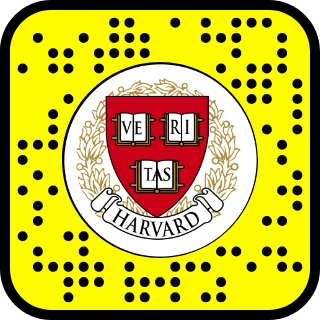
Harvard University Community badge
6. Injecting humor: Campus Cringe
Campus Cringe isn’t a university account but is a student-run comedy series.
It’s an example of how funny, silly, and/or relatable content can be a great way to grow and engage your audience.
If you can get it right, humor is an excellent way to connect with students and break the ice during a time rife with the challenges of young adult life.
Skits can often become viral trends encouraging community interaction and play.
The challenge here would be to stay on-brand, on-voice, and relevant rather than distracting.
Creating invitations and allowing young content creators autonomy in what they contribute can be a good start.
For example:
- "Show us your study set-up"
- "How do you make your dorm room feel like home"
- "Day in the life of"
Snapchat has proven after all these years it’s a viable platform that can be a staple in your higher education social media marketing strategy.
More than likely, your students are there and ready to engage with your university’s posts. Be versatile and have fun!
Is your school already using Snapchat? We’d love to see more examples! Share in the comments below.
Check out other articles on our blog, or subscribe to keep up-to-date with trends and challenges in higher education digital marketing.

:format()//media/Snapchat-for-higher-education-RQ.png)
